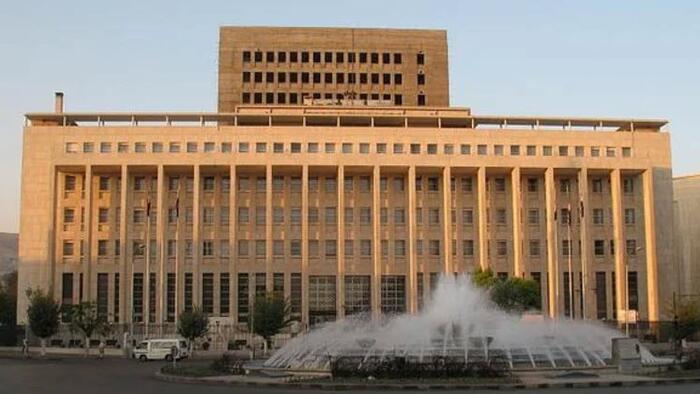In the context of recent upheaval in Syria over the last three weeks, reports have surfaced regarding the Syrian central bank’s gold reserves, notably amounting to 25.8 tonnes valued at more than $2.2 billion, according to Reuters reporter Timour Azhari. Amidst the chaos following the fall of Damascus and the subsequent power transfer led by Ahmed al-Sharaa of Hayat Tahrir al-Sham (HTS), these gold reserves have reportedly remained intact, whilst the bank’s cash reserves have dwindled to approximately $200 million. Despite such assertions, the credibility of Reuters’ claims is called into question, especially given the lack of access to the central bank’s vaults and the absence of direct communications from the newly established Syrian administration or bank officials.
The report reveals that the vault housing the gold is described as bomb-proof and secured by three keys, each assigned to different individuals—an arrangement that, while theoretically protective, raises concerns due to the unidentified sources cited by Reuters. These sources, merely referred to as “four people familiar with the situation,” lack the authoritative backing that would add veracity to their statements. This lack of access mirrors previous reports in which looting had occurred in the central bank building, but curiously, there was no mention of missing gold during these incidents. Such inconsistencies suggest a significant gap in the information being relayed to the public.
Delving deeper, historical context further complicates the narrative surrounding Syria’s gold reserves. In 2012, reports from the same news agency indicated that Syria was actively selling gold to mitigate the effects of Western and Arab sanctions, which targeted its central bank and oil exports. These reports noted that the Syrian government had been offloading gold at discounted prices, casting doubt on the present claim that the central bank has maintained a consistent reserve of 25.8 tonnes even after a decade of war and economic hardship. Key questions arise regarding how the gold reserves managed to resist depletion amid the country’s desperate financial circumstances.
The assertion that the Syrian central bank still possesses these gold reserves is made even more untenable when considering the documented efforts to liquidate portions of its holdings in 2012. Furthermore, the World Gold Council states that the last reported figure provided to the International Monetary Fund (IMF) from Syria’s central bank dates back to 2011, suggesting a lack of transparency surrounding the management and reporting of the current state of gold reserves. The purported resilience of the gold amidst economic and civil turmoil, amplified by the narrative of a formidable vault, feels increasingly tenuous given prior accounts of asset liquidation.
Moreover, skepticism surrounding the integrity of the Reuters report is bolstered by evidence suggesting a broader conflict of interest. Reuters has reportedly secured over $1.5 billion in contracts with various U.S. government departments over the past 17 years. This relationship raises significant questions about the objectivity of their reporting, particularly regarding sensitive geopolitical issues like the situation in Syria. The implications of a potentially compromised news media landscape warrant critical scrutiny, especially when such a significant claim about national resources is made on dubious sourcing.
In conclusion, the narrative surrounding the Syrian central bank’s gold reserves appears fraught with inconsistencies and questionable source credibility. The historical context of asset liquidation amid sanctions complicates present claims of stability in the bank’s gold holdings. Furthermore, the lack of transparency and accountability in the reporting process, especially in light of potential conflicts of interest, merits a closer examination of how narratives such as this one are constructed in the context of unfolding geopolitical crises. As the situation develops in Syria, continued vigilance in questioning the veracity of reports will be essential for discerning truth from the complex web of narratives propagated by both media and government sources.

